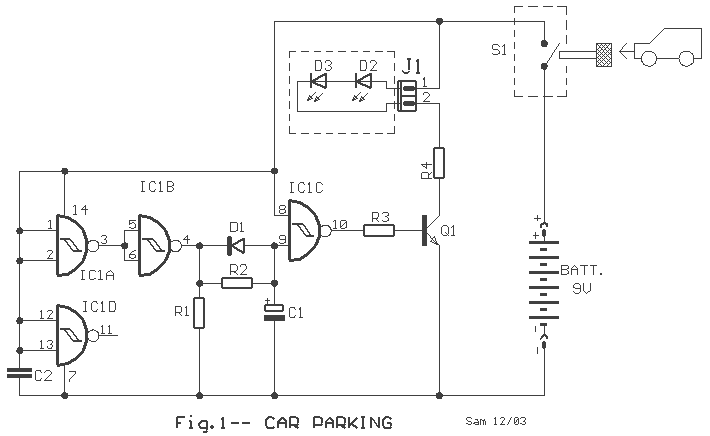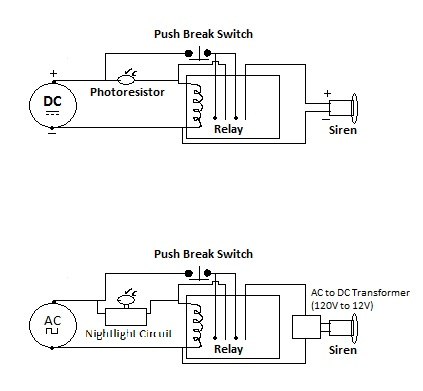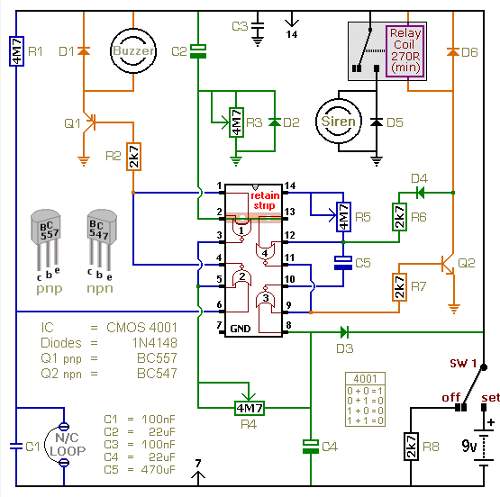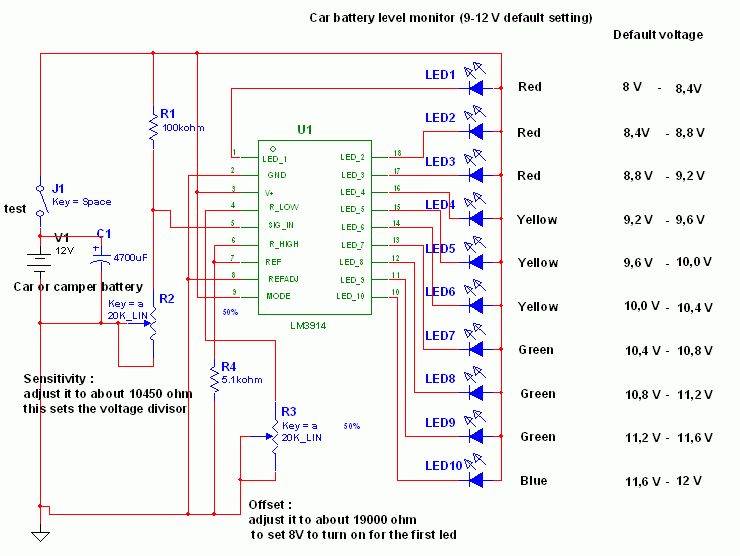
Delayed Car Door Alarm
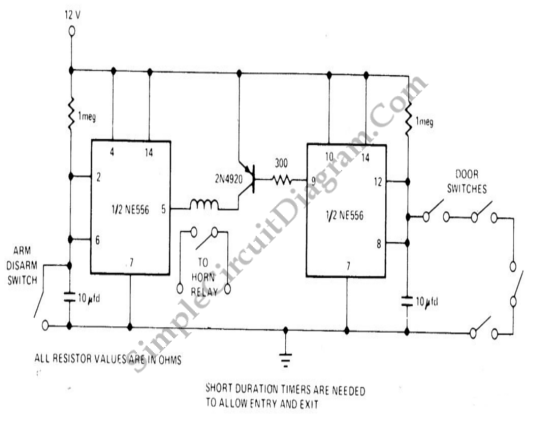
Opening a car's door is a straightforward activity that typically requires no special skills. It is a routine task that is generally trouble-free; however, issues can occasionally arise.
The process of opening a car door involves several mechanical and electronic components that work together to ensure functionality and security. The primary mechanism consists of the door handle, latch assembly, and lock. When the handle is pulled, it actuates a series of linkages that disengage the latch, allowing the door to swing open.
In modern vehicles, the door opening mechanism may also involve electronic components such as power locks and keyless entry systems. These systems utilize a remote key fob or a smart key, which transmits a signal to the vehicle's central locking system. Upon receiving the signal, the electronic control unit (ECU) activates the door lock actuators, which physically unlock the door.
Furthermore, many cars are equipped with additional security features, such as anti-theft alarms and immobilizers, which can complicate the door opening process if malfunctioning. For example, if a vehicle’s battery is dead, the electronic locking mechanism may fail, necessitating the use of a mechanical key to unlock the door manually.
In cases where a door does not open as expected, it is essential to troubleshoot the issue systematically. This may involve checking the battery status, inspecting the locking mechanism for mechanical failures, or ensuring that the key fob is functioning correctly. Understanding the underlying systems that facilitate the opening of a car door can aid in diagnosing problems and ensuring smooth operation.Opening car`s door is very simple activity, and off course it`s just a daily activity which require no special skill. Almost nothing can go wrong, but.. 🔗 External reference
The process of opening a car door involves several mechanical and electronic components that work together to ensure functionality and security. The primary mechanism consists of the door handle, latch assembly, and lock. When the handle is pulled, it actuates a series of linkages that disengage the latch, allowing the door to swing open.
In modern vehicles, the door opening mechanism may also involve electronic components such as power locks and keyless entry systems. These systems utilize a remote key fob or a smart key, which transmits a signal to the vehicle's central locking system. Upon receiving the signal, the electronic control unit (ECU) activates the door lock actuators, which physically unlock the door.
Furthermore, many cars are equipped with additional security features, such as anti-theft alarms and immobilizers, which can complicate the door opening process if malfunctioning. For example, if a vehicle’s battery is dead, the electronic locking mechanism may fail, necessitating the use of a mechanical key to unlock the door manually.
In cases where a door does not open as expected, it is essential to troubleshoot the issue systematically. This may involve checking the battery status, inspecting the locking mechanism for mechanical failures, or ensuring that the key fob is functioning correctly. Understanding the underlying systems that facilitate the opening of a car door can aid in diagnosing problems and ensuring smooth operation.Opening car`s door is very simple activity, and off course it`s just a daily activity which require no special skill. Almost nothing can go wrong, but.. 🔗 External reference

